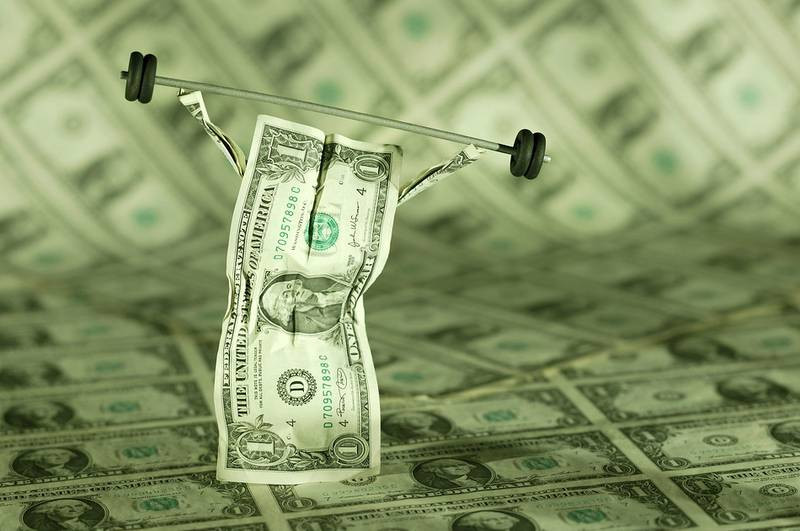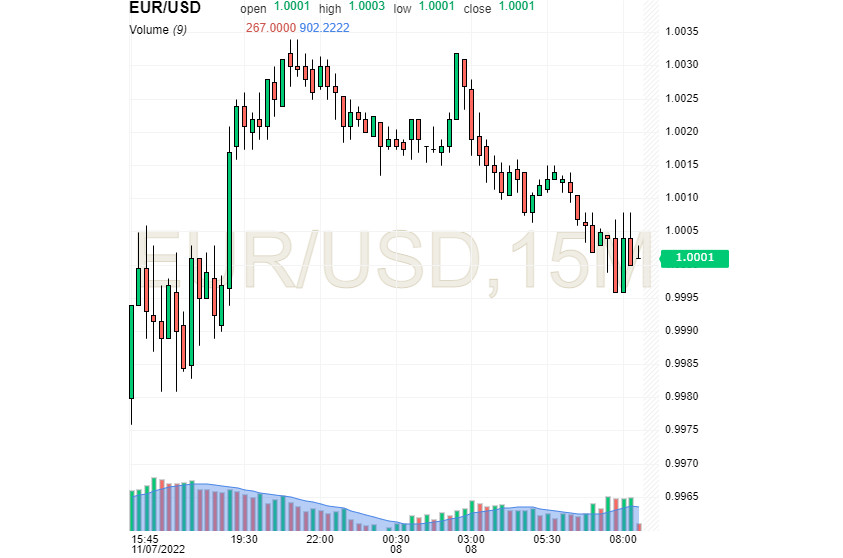
In the short and medium-term planning horizons, the US currency will remain afloat, although from time to time it shows a decline. However, traders and analysts are worried about the long-term prospects of USD, as the greenback is losing its position in the global financial market.
The dollar fell at the beginning of this week, remaining weak on Tuesday, November 8, amid the strengthening of the European and Chinese currencies. Later, the greenback "built up its muscles" and partially won back its positions, rising in price against the euro and the yen. Recall that last Friday, November 4, the dollar index (USDX) lost over 2%. This is one of the largest intraday declines in the last 20 years, experts emphasize. In a similar situation, dollar bulls capitulated, failing to give momentum to the US currency.
However, the greenback does not give up, trying to bypass the euro and other competitors of the financial market. On the morning of Tuesday, November 8, the key EUR/USD currency pair began with the consolidation of parity and headed above the 50-day moving average. According to analysts, the upward trend in the EUR/USD pair remains in force, while the pair has reached 1.0001.

The EUR/USD pair started the current week with steady growth, but further recovery is questionable. According to experts, in the short term, the EUR/USD pair can test a three-month high of 1.0200. The pair has currently restored the bullish dynamics and is cruising near parity.
Analysts pay attention to how the euro's dynamics are unstable compared to the dollar. This is facilitated by the growth of negative sentiment about the possible onset of recession in the eurozone. A decrease or slowdown in a number of fundamental indicators that affect the EUR in the long term adds fuel to the fire.
According to analysts, the euro's movements depend on the dollar's dynamics, geopolitical news and divergence between the strategies of the Federal Reserve and the European Central Bank. The US central bank's recent decision to raise rates and the likelihood of a prolonged tightening of the monetary policy on its part is the main obstacle to a steady recovery of the EUR/USD pair. According to economists, the inflation rate in the US fell slightly in October, but any unscheduled rate hike will have negative consequences for the euro. The prerequisites for such a forecast were the statements of Fed Chairman Jerome Powell, who indicated that the current macro data justify a significant rise in interest rates for the next year.
This week, market participants expect annual inflation in the US to slow down to 8%. Recall that in September, this figure was 8.2%. To date, inflation has retreated from the peak value of 9.1%, but remained above the Fed's target level of 2%. Against this background, experts are confident that the Fed will raise the interest rate again in December, but only by 0.5 percentage points.
According to previous forecasts, by the end of 2022, interest rates in the United States could reach 4.5%, and by the beginning of 2023 – 4.75%. However, Powell's recent speech forced the financial markets to reconsider these decisions. According to preliminary calculations, the possible peak of the federal funds rate in the United States will be 5%. This will allow the greenback to strengthen, but weaken the euro, experts are certain.
The US currency currently remains under pressure, as market participants continue to evaluate the Fed's recent statements, which indicate difficulties in the process of normalization of monetary policy. According to Scotiabank's currency strategists, USD will remain stable in the short term, but in the long term it is expected to undergo a "significant correction". According to experts, the current dollar rally has been "unnecessarily prolonged", and this may provoke its collapse. However, the USD will not fall until the Fed's tightening cycle ends, analysts believe.





















